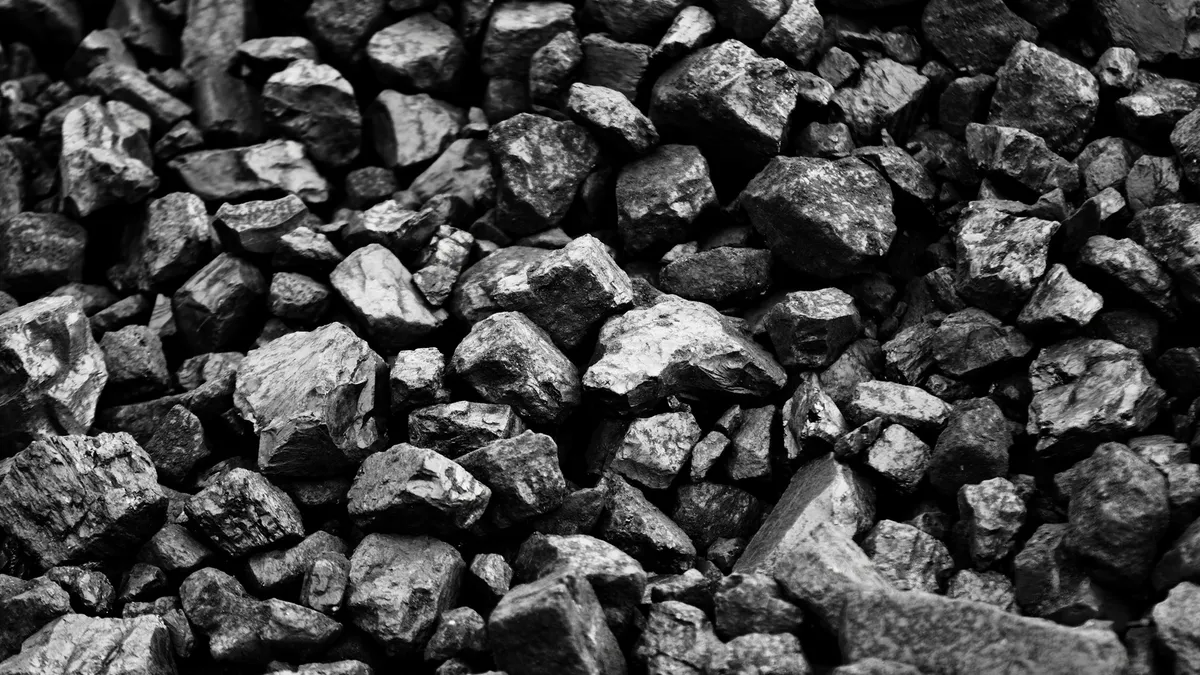Dive Brief:
- PacifiCorp has committed to retrofitting its 26 coal plants in five western states with pollution controls while regulators, ratepayer advocates, and environmentalists in Oregon are pushing the company to divest coal. These requests come in anticipation of proposed EPA emissions regulations requiring a 30% cut in greenhouse gas emissions from 2005 levels by 2030.
- In rejecting PacifiCorp’s request to charge Oregon ratepayers for retrofit costs in its 2013 rate case, the Oregon Public Utility Commission urged the utility to consider the proposed EPA rule, vet retrofit plans more fully, and evaluate alternatives to coal.
- PacifiCorp insists its retrofits, aimed at meeting federal haze and mercury rules, are cost effective, are the best choice in the absence of final EPA emissions regulations, and protect an Oregon-Washington-California-Wyoming-Utah-Idaho transmission system designed to maintain reliability with a coal-heavy portfolio.
Dive Insight:
Citizens’ Utility Board of Oregon, for ratepayers, and Renewable Northwest, for environmentalists, are pushing PacifiCorp to further cut coal.
Oregon’s Portland General Electric gets 30% of its power from coal but plans to shutter or convert the Boardman plant, Oregon's only coal facility, by 2020, leaving it with only a share in a Montana coal plant.
Only 30% of the PacifiCorp customers who will have to pay for changes are in Oregon and none of its coal plants are there.
Regulators in states like Wyoming object to PacifiCorp coal plant closures that will cost jobs and revenues.
Some observers say PacifiCorp is changing, noting plans to close two coal units in 2015 and convert another to natural gas in 2018. This is coupled with scheduled workshops on remodeling its economic future and public statements saying emission reductions that don’t cost customers or compromise reliability are its biggest concern.














